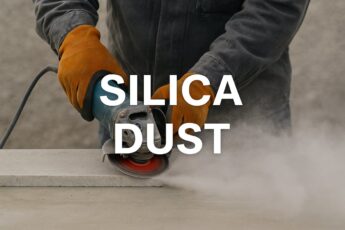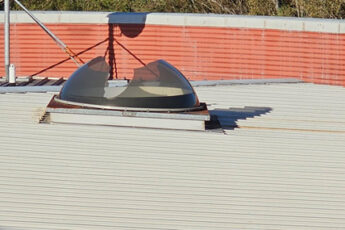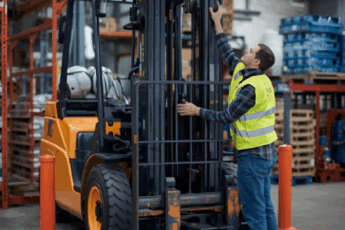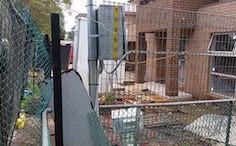Earlier this year, two workers at a Queensland construction site suffered severe burn injuries during a flash fire incident. They were applying waterproofing to a structure using materials that release flammable vapours at ambient temperatures. A temporary covered enclosure was set up to shield the work area from wet weather, but this likely restricted ventilation. The ignition came from a heat gun used to facilitate application, which sparked a flash fire that became explosive in the confined space.
Safety lessons and implications:
- Flammable vapour hazard: Many waterproofing and solvent-based materials release vapours that can ignite; awareness is essential especially in confined or restricted spaces.
- Ventilation is critical: Confined or enclosed spaces can allow vapours to accumulate to dangerous levels; ensuring adequate airflow is a must.
- Control ignition sources: Even common tools like heat guns can pose ignition risks when working with volatile substances—elimination or strict control is vital.
- Hierarchy of controls: Ideally, substitute with less flammable materials, enhance ventilation (engineering control), implement safe work systems (administrative control), and as a last line, use suitable PPE and emergency plans.
To prevent incidents like this, construction companies must integrate comprehensive hazard identification and risk assessment processes into their planning especially when working with volatile chemicals in partially enclosed or poorly ventilated environments. This includes reviewing Safety Data Sheets (SDS), understanding flash points, and ensuring permits for hot work are in place when heat-producing tools are required. Training workers on the risks of flammable vapours, along with regular supervision and compliance audits, is essential.
Engaging qualified WHS professionals to conduct onsite safety assessments and develop task-specific safe work method statements (SWMS) can drastically reduce the likelihood of such catastrophic events. As this case demonstrates, even routine tasks like waterproofing can carry significant risk without robust safety controls.
Source: WorkSafe Queensland





